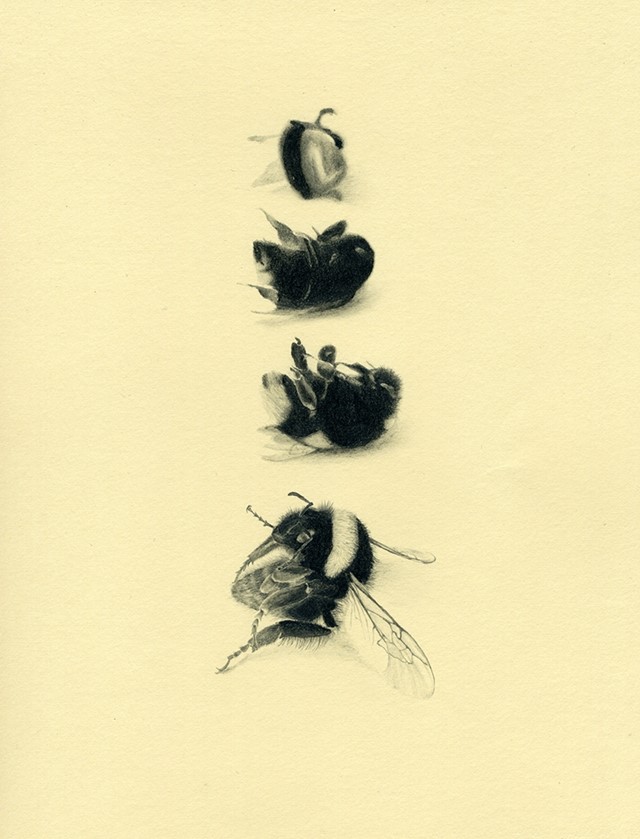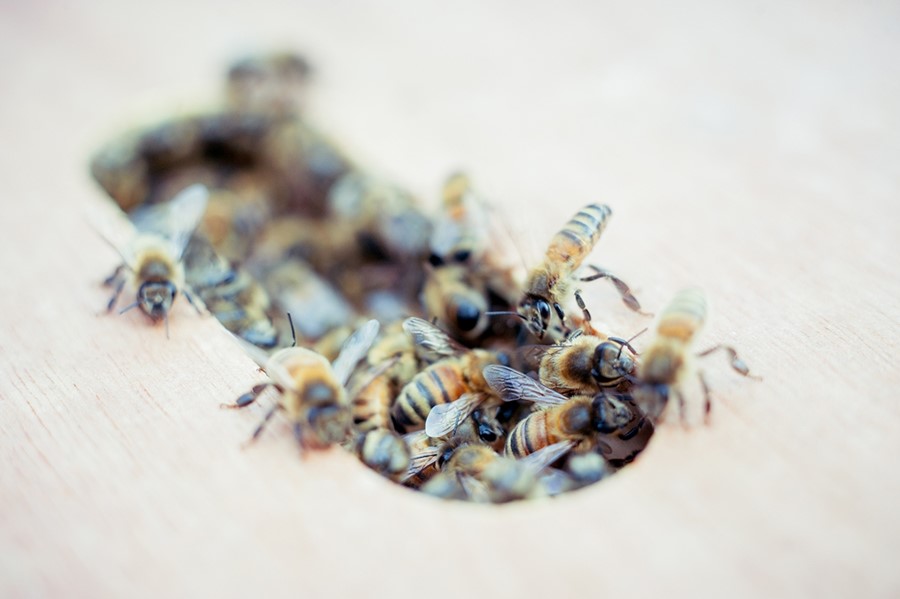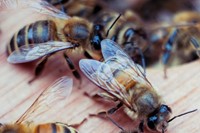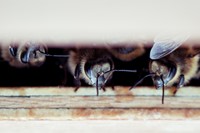As a new exhibition opens in their honour, we celebrate the life of honeybees and the symbols they represent
“The bee's life is like a magic well: the more you draw from it, the more it fills with water,” said Karl Von Frisch, a Nobel-prize winning scientist, credited for discovering the waggle dance, a choreographed language bees use to "point" to the location of pollen and nectar. The life of the honeybee has captivated people across the centuries, and in recent years it’s been hard to ignore their plight, dying in their unexplained millions across the world. It’s a well know fact that, without bees, the natural cycle of life might well fall apart, and indeed Albert Einstein once reportedly said, “If the bee disappeared off the surface of the globe, then man would have only four years of life left”. So, the modern apiarist – or beekeeper – is something to celebrate, protectors of the black and yellow foot soldiers, who are selfless, industrious, honey-creators, ruled by a powerful matriarch and the subject of a new exhibition.
Keep your Eye on the Doughnut takes its name from something David Lynch once said – a mantra for modern life about avoiding its pointless distractions. And it’s this ethos that has inspired a new show at the Printhouse Gallery, celebrating the life of these tiny creatures. Here, we explore the life of honeybees and the symbols they represent.

Motherhood
The queen bee is often depicted as a goddess, she is the only adult, mated bee and mother to all – fed exclusively on diet of royal jelly and fiercely protected amongst the hive. A symbol of motherhood and femininity since time began, she is often worshipped as a deity. In Hinduism, the god of sexuality Kama Sutra of Vatsyayana is often pictured with a bow of bees and in Greek mythology, the goddess Melissa is a nymph, whose name translates to ‘honeybee’. In Egyptian mythology, the queen bee symbolises royalty.
Sex
Bees are often linked to sex, ‘the birds and the bees’ is a part of the vernacular popularised in the 1950s, denoting sex and the cycle of pollination. Male drone bees’ (created without fertilisation) sole purpose is to mate the queen bee, he contracts his abdominal muscles with such pressure that the penis ruptures and he soon dies. Female workers bees are the pollen extractors – and make up the majority of the hive, going about their duties with endless energy. Male and female bees represent selflessness and diligence respectively.

Animation by Lydia CS
Keep your Eye on the Doughnut is at the Printhouse Gallery, 18 Ashwin St, E8 3DL, until April 28.
Further Reading: Enjoy our Top Ten Bee Facts alongside a gallery of exquisite bee portraits, shot by David Edwards.
Text by Natalia Christina
Industry
Honeybees are also associated with industry and cooperation. Everyone from the Freemasons to the French Republicans have appropriated the beehive as an emblem, for its status as the ultimate example of collective industry and production. Actress Bette Davis once remarked, ”We're all busy little bees, full of stings, making honey day and night, aren't we honey?” and even poet William Blake also holds the bee in high-esteem: “The busy bee has no time for sorrow”.
Pattern
The hexagon is a geometric shape, found in the formation of honeycomb and is a motif repeated throughout art and design. Replicated by architects including Gaudi and Le Corbusier in their manmade structures, the pattern is lauded for its mathematic precision. Finally, the choreography of the waggle dance spells out the infinity symbol or a figure of eight, further shrouding the bee in mystery and intrigue.



